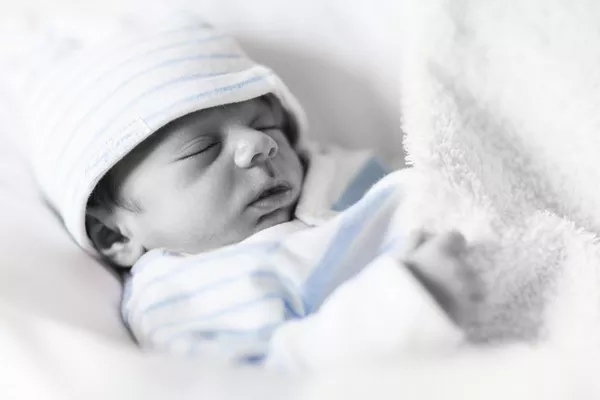Cradle cap is a common skin condition that affects infants, causing a crusty, scaly rash on their scalp. It’s not uncommon for parents to wonder whether cradle cap can prevent hair growth or cause hair loss in their babies. Today, we will explore what cradle cap is, how it affects hair growth, and what you can do to treat and prevent it.
What is Cradle Cap?
Cradle cap, also known as seborrheic dermatitis, is a common skin condition that affects babies in their first few months of life. It causes a rash on the scalp, which can range from mild to severe. The rash is characterized by yellow or white crusty scales that can be itchy or uncomfortable for the baby. Cradle cap is not contagious and is not caused by poor hygiene or an allergy.
Does Cradle Cap Prevent Hair Growth?
Cradle cap itself does not prevent hair growth, but it can make it more difficult for hair to grow in affected areas. The crusty scales that form on the scalp can create a barrier that blocks hair follicles from growing properly. In some cases, this can lead to temporary hair loss or thinning. However, once the cradle cap is treated and cleared up, hair should start to grow back normally.
How to Treat Cradle Cap
Fortunately, cradle cap is a harmless condition that typically goes away on its own within a few months. However, there are some things you can do to help alleviate your baby’s symptoms and speed up the healing process.
- Gentle shampooing: Regular shampooing with a mild, non-medicated baby shampoo can help loosen and remove the scales from the scalp. Use a soft-bristled brush or a washcloth to gently massage the scalp and lift away the scales.
- Moisturizing: Applying a gentle, hypoallergenic moisturizer or oil to the affected areas can help soften the scales and prevent them from becoming too dry or itchy.
- Avoid scratching: Try to discourage your baby from scratching or picking at the affected areas. This can further irritate the skin and make the condition worse.
- Consult with a doctor: In severe cases, your doctor may prescribe a medicated shampoo or cream to help clear up the cradle cap more quickly.
Preventing Cradle Cap
While there is no surefire way to prevent cradle cap, there are some things you can do to reduce your baby’s risk of developing it:
- Regular hair washing: Shampoo your baby’s hair regularly with a mild, non-medicated baby shampoo to keep their scalp clean and healthy.
- Gentle brushing: Use a soft-bristled brush or a washcloth to gently massage your baby’s scalp and help remove any dirt or oil buildup.
- Moisturizing: Applying a gentle, hypoallergenic moisturizer or oil to your baby’s scalp can help keep it hydrated and healthy.
- Avoid harsh products: Avoid using harsh soaps, shampoos, or other products on your baby’s scalp that could irritate or dry out their skin.
In conclusion, while cradle cap can make it more difficult for hair to grow in affected areas, it does not prevent hair growth altogether. With proper treatment and care, the condition should clear up on its own within a few months, allowing hair to grow back normally. If you’re concerned about your baby’s cradle cap, consult with your doctor for guidance on the best course of action.
Recommended reading:


